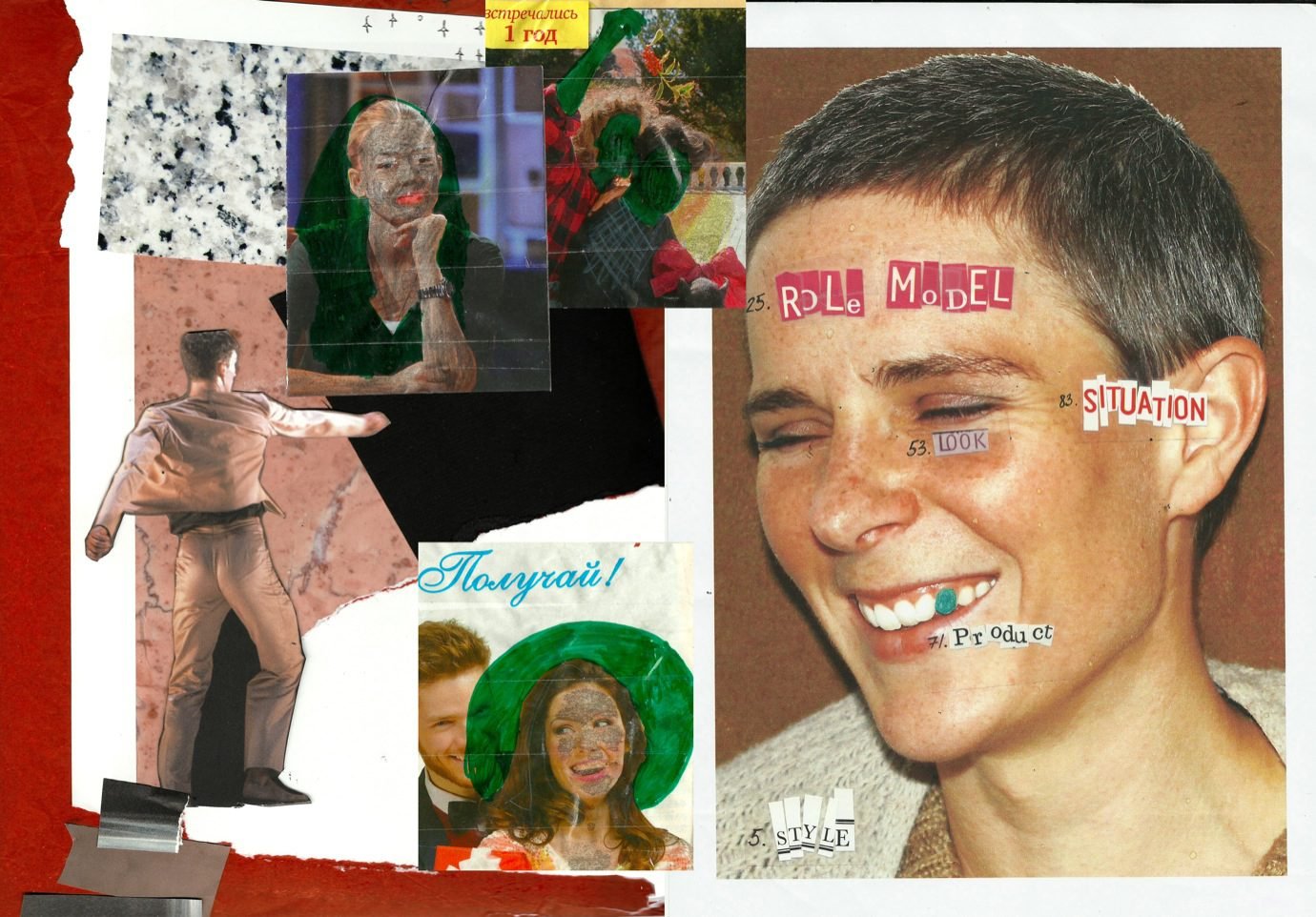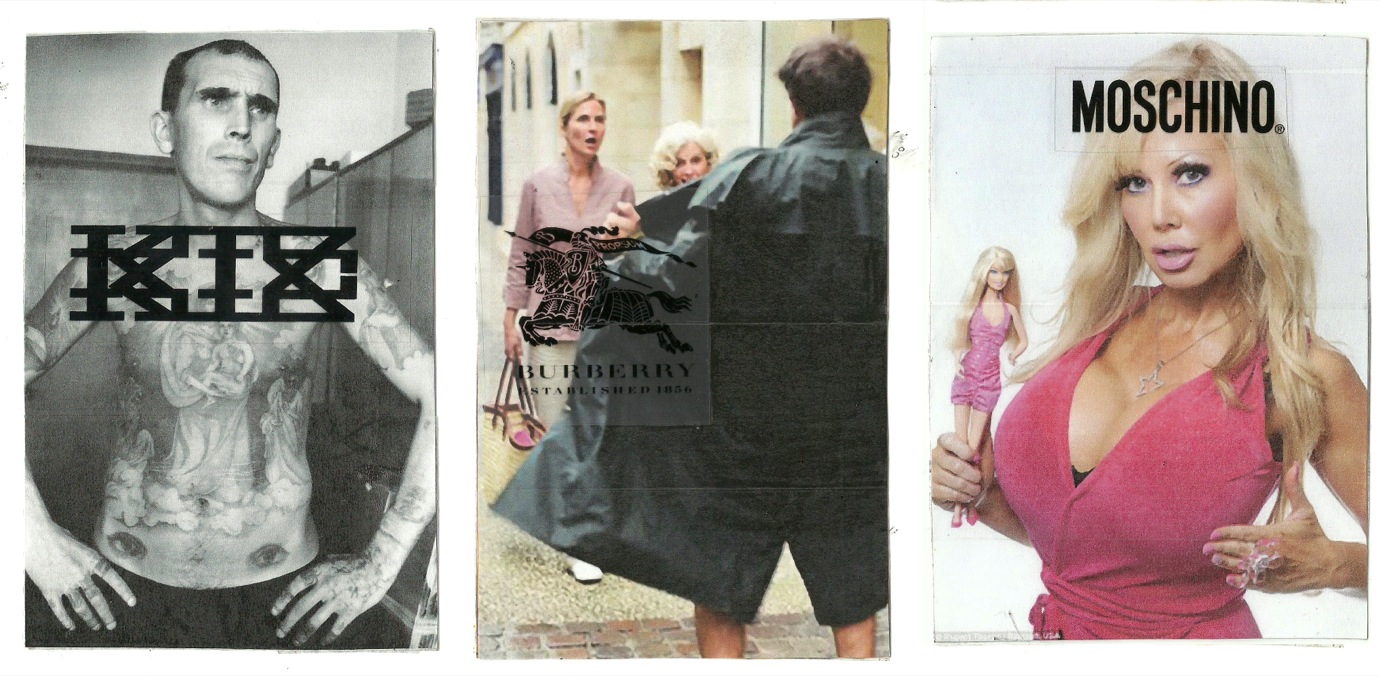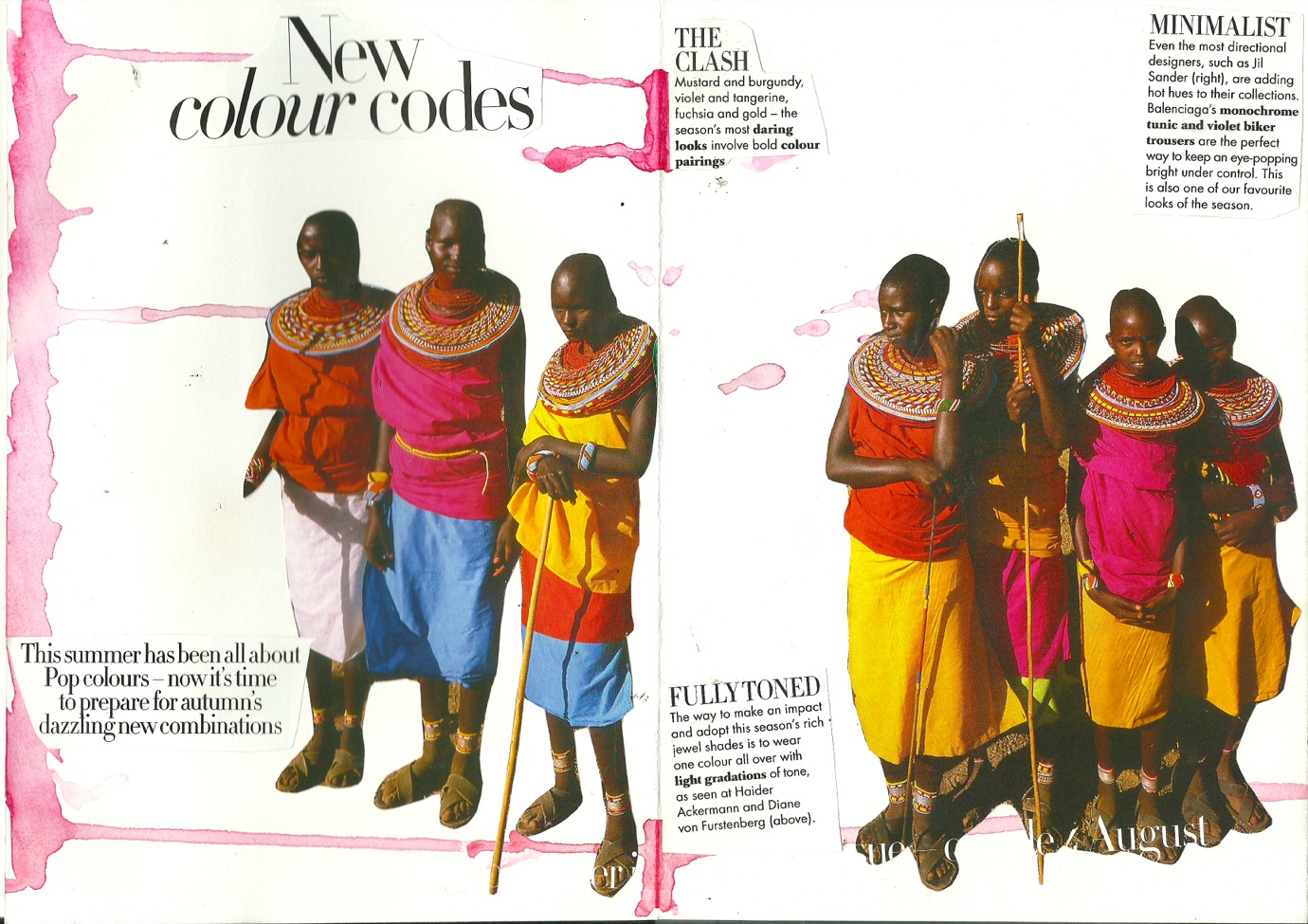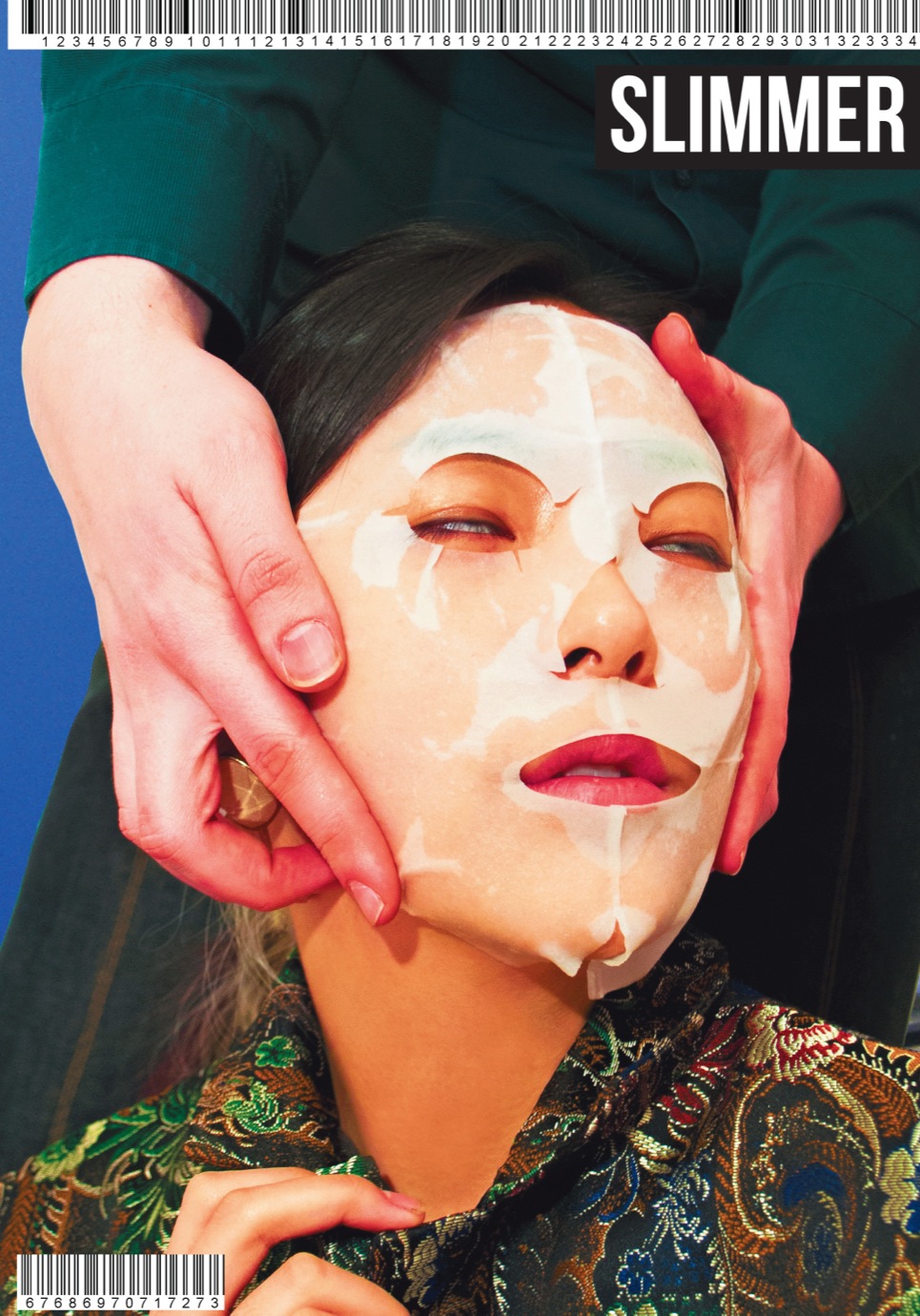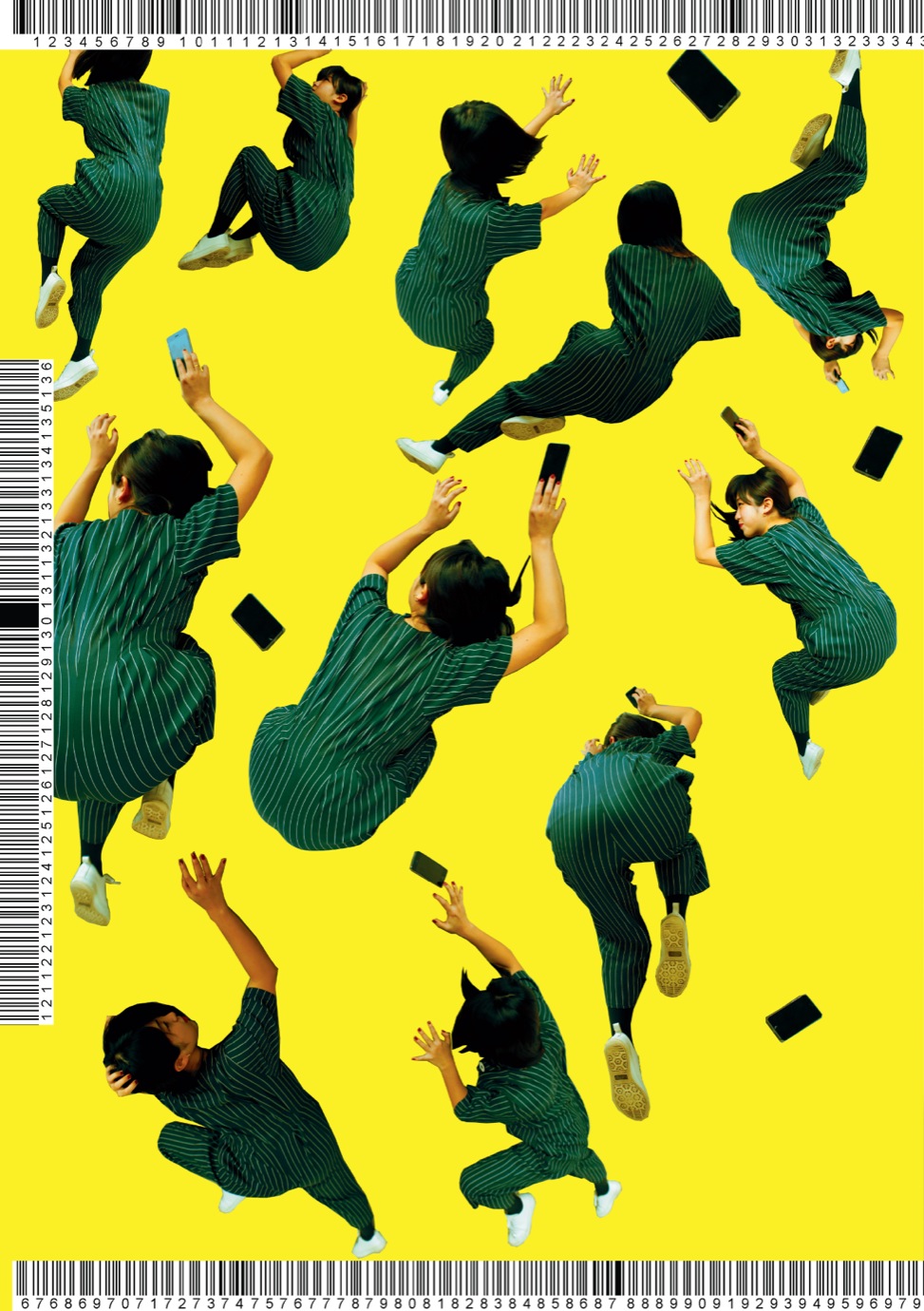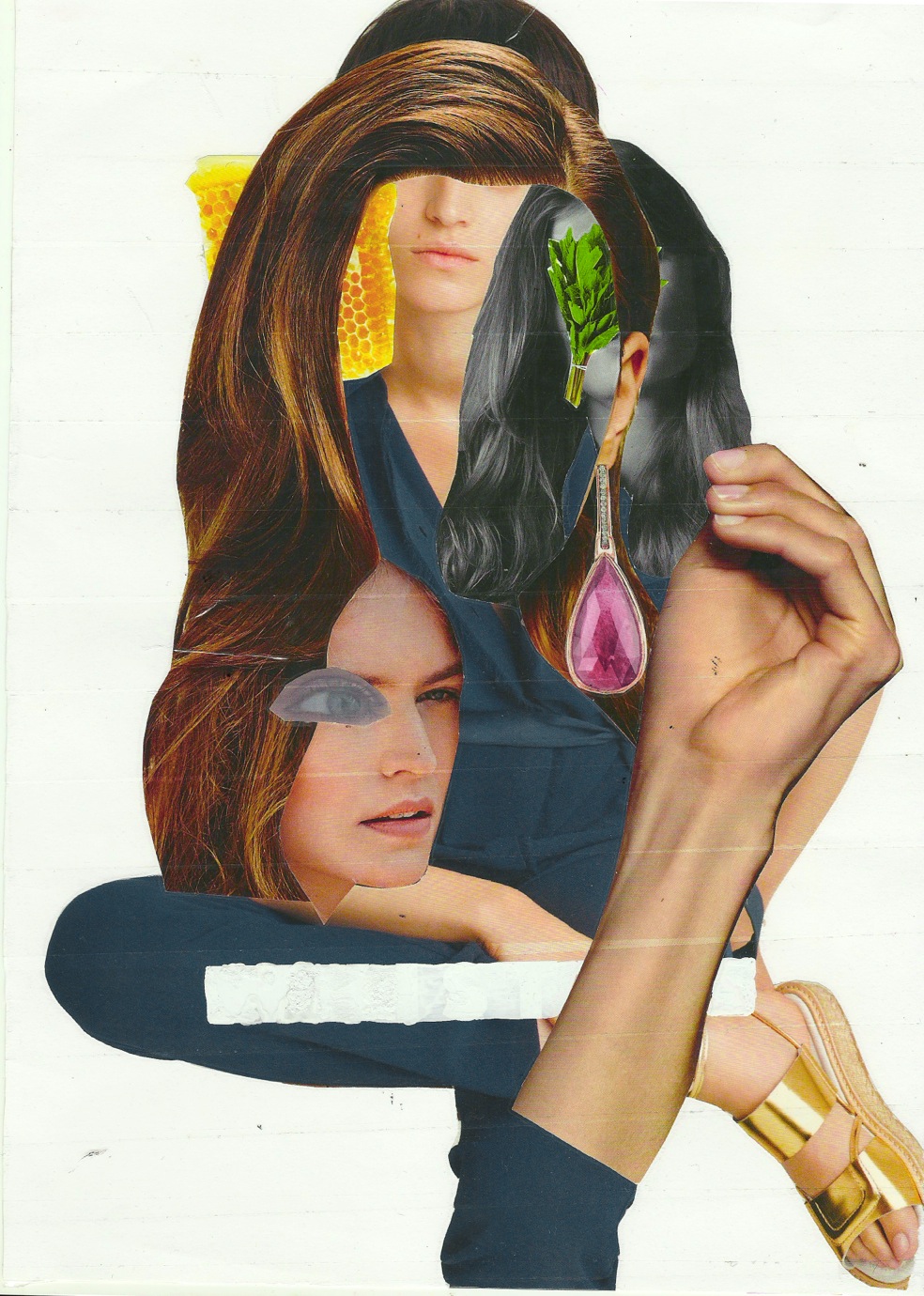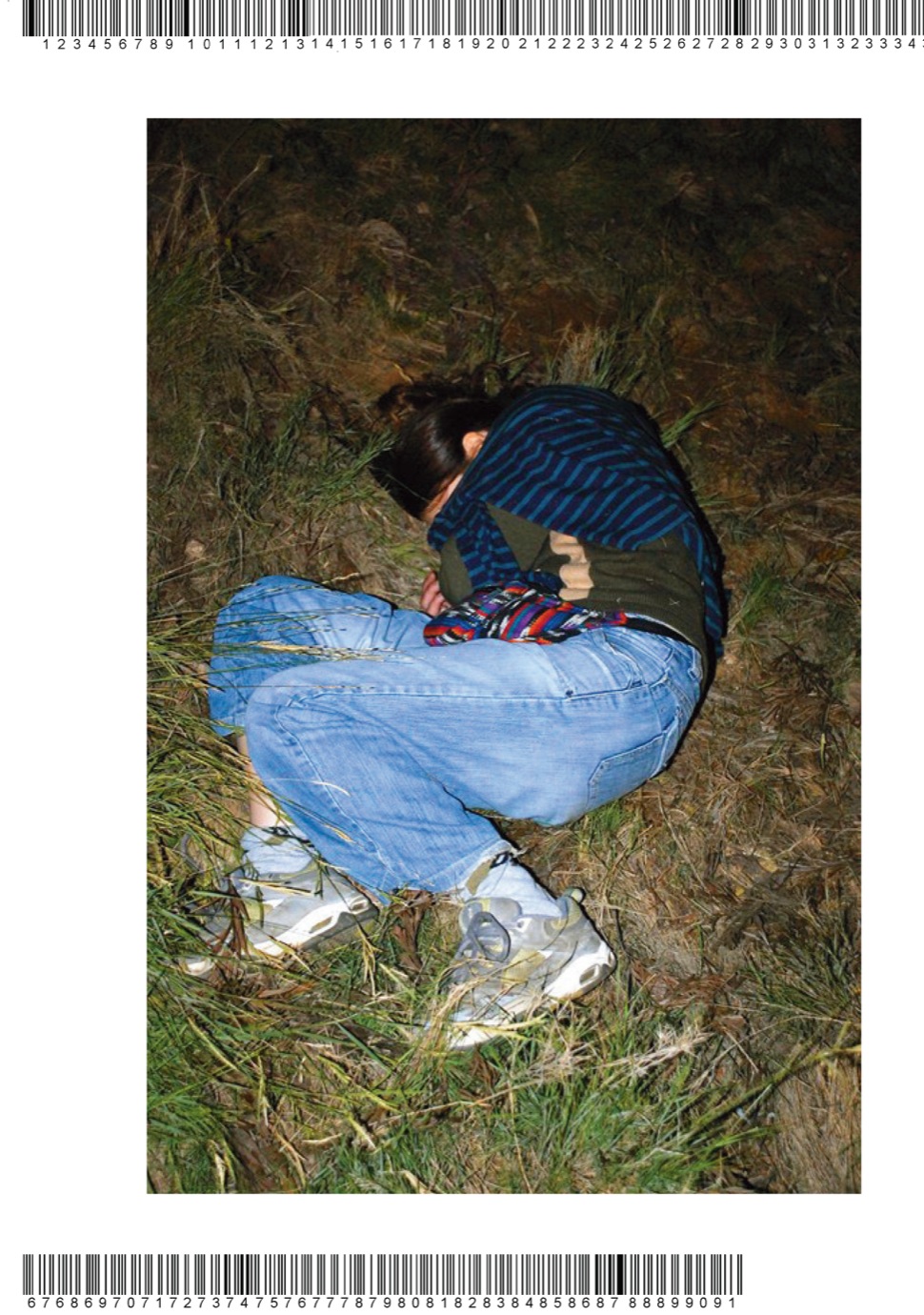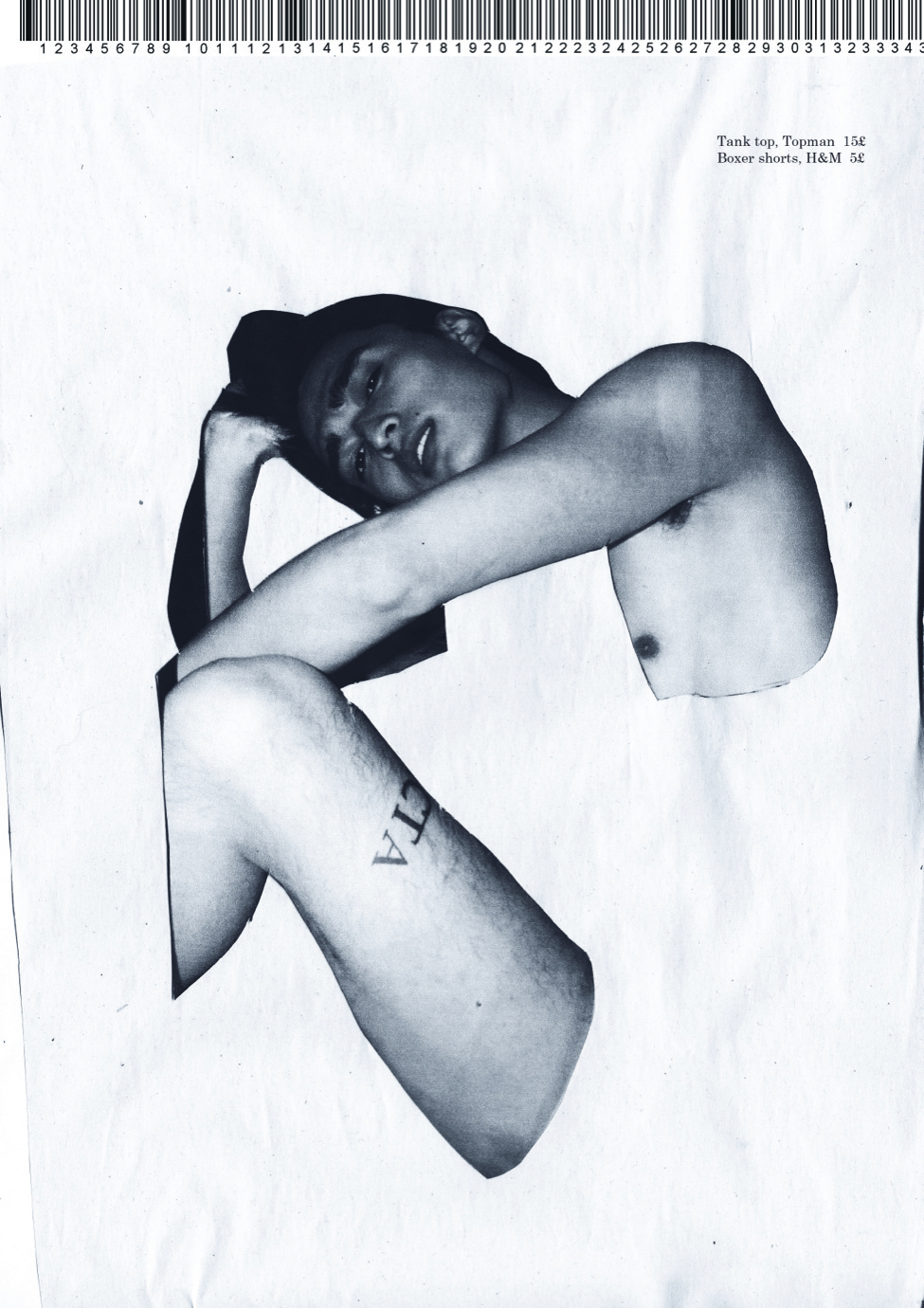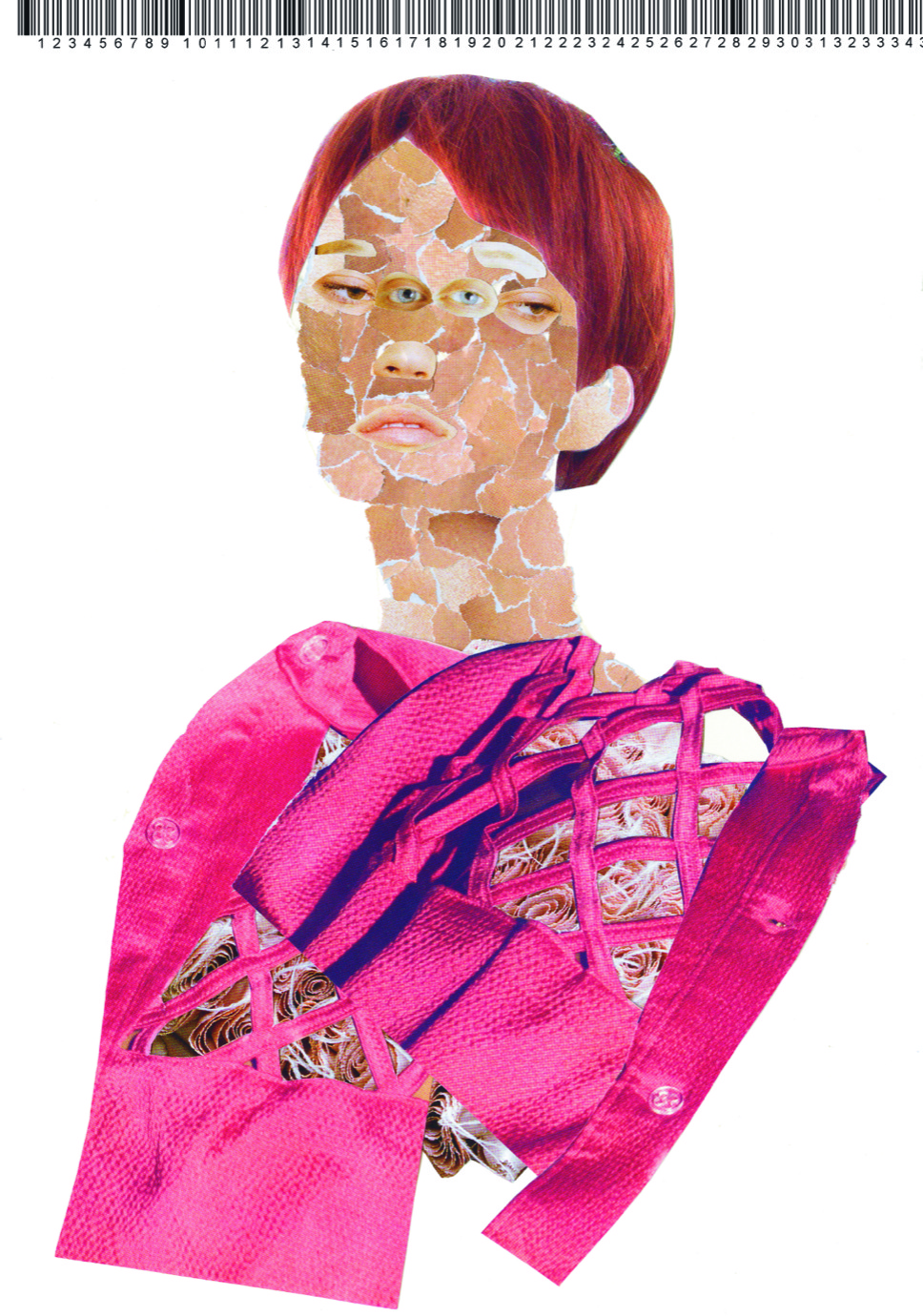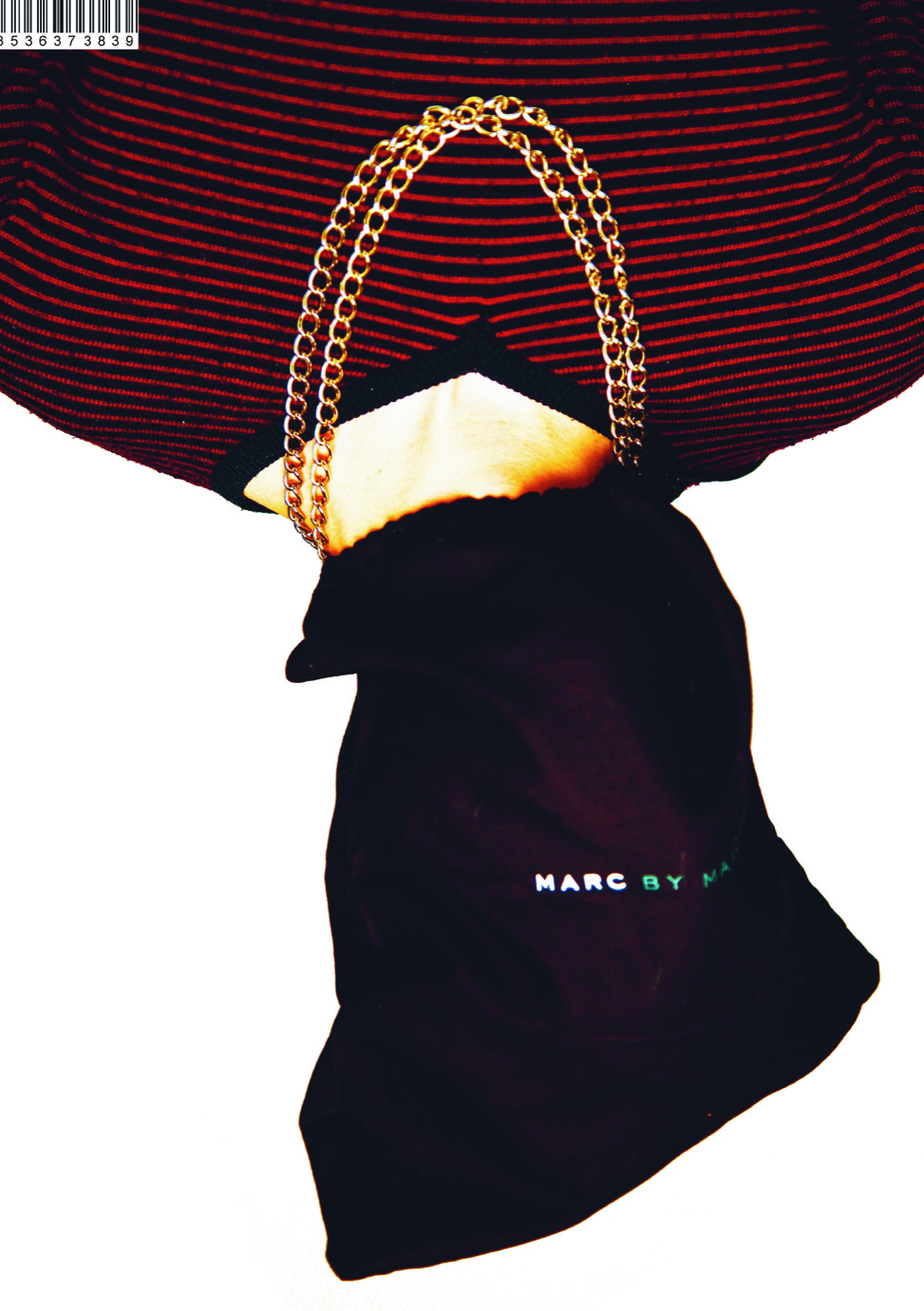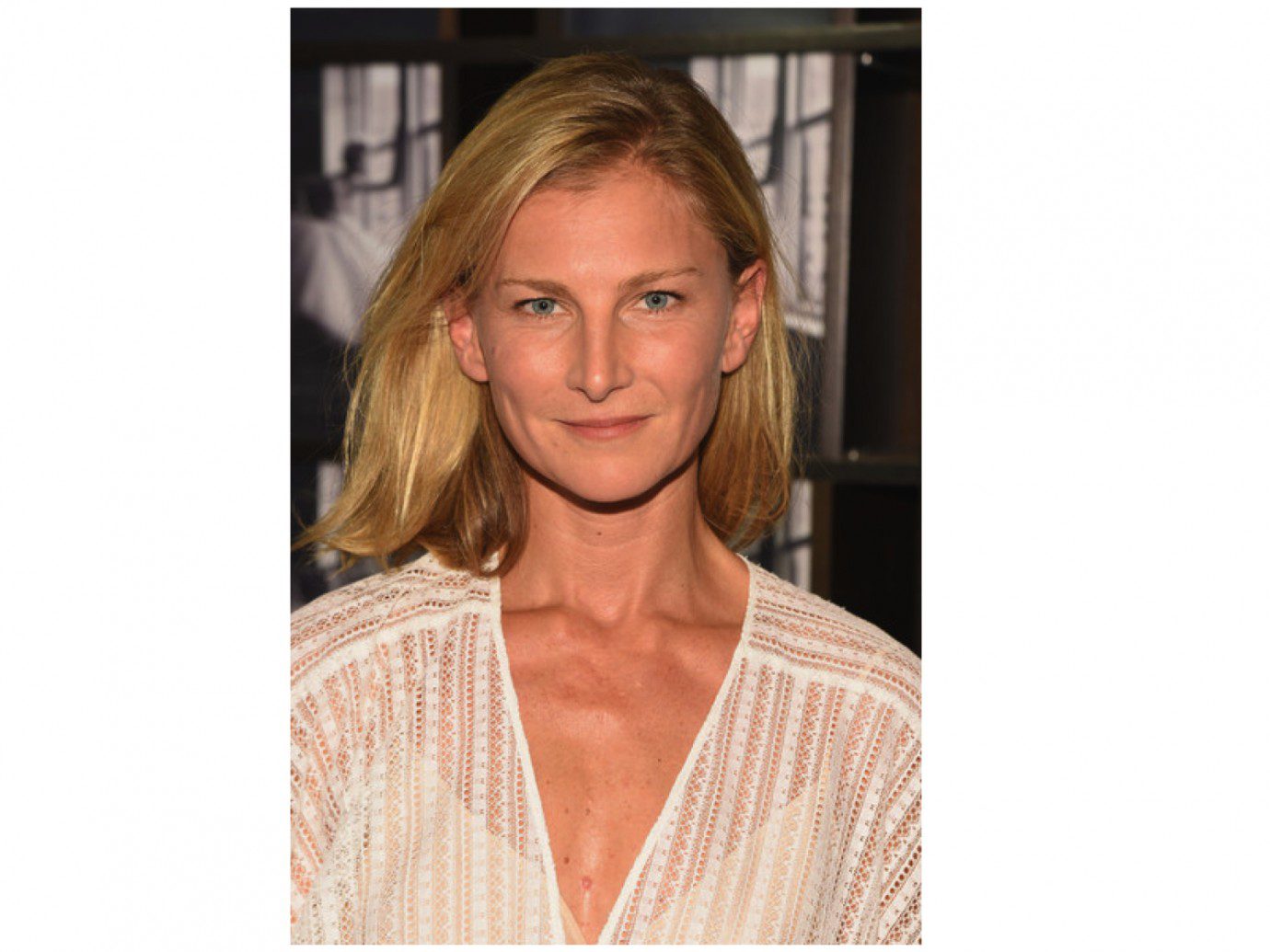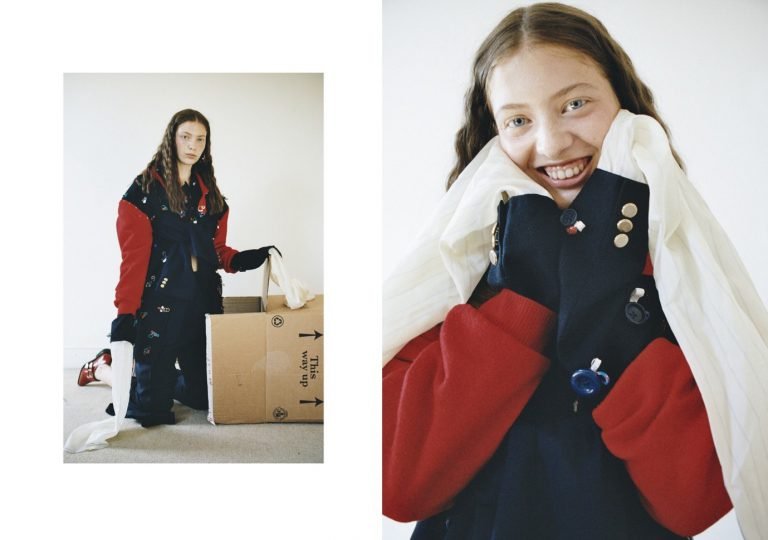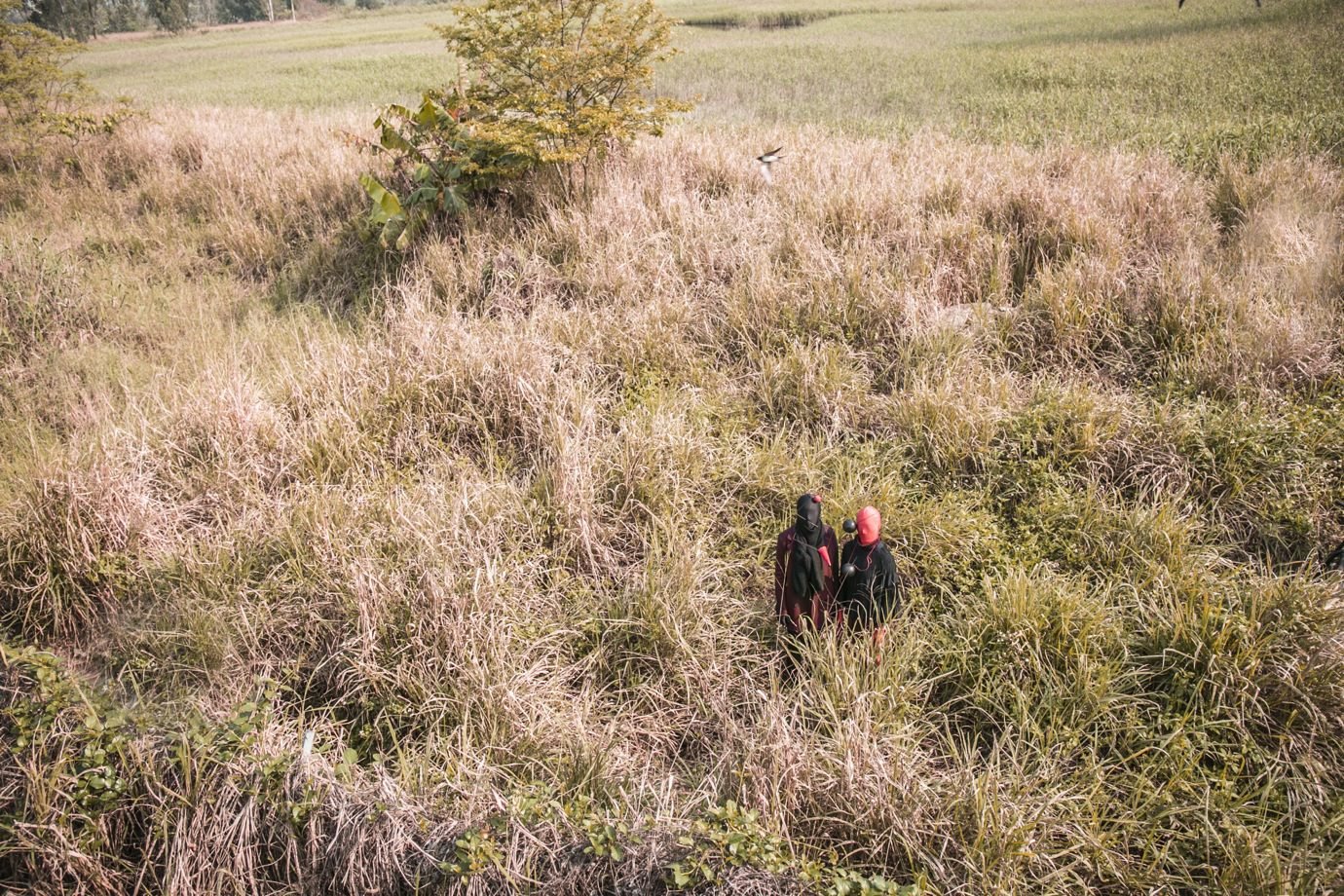If you had to choose, are you more promotion or communication?
For me it is difficult to divide these two. I almost feel like it is one thing. But of course if there was only one way to choose, I would say communication. I sometimes feel like the work that I do doesn’t promote anything. It’s just there, it’s how I communicate that moment, looks, people.
Did you do a placement year?
Yes, I had a huge pleasure interning and working at Chalayan. I think my year was a little surreal. I started as a PR intern and did all the things interns do: cleaning showrooms, making coffees, taking rubbish out, sometimes staying late to finish work. However I loved it, mostly because the team and Hussein himself became like a family to me. So when the PR Director, Elizabeth, told me that she was leaving to America, I was very upset. My internship was coming to an end, but the General Manager and Hussein approached me and asked me to stay and run the PR department for another 6 months until I went back to university. So from being intern I suddenly had my own interns. It was a great time, I had so much responsibility. It did change me, I think I became more clear about what I need, the amount of work to do, and deadlines. It made me more organised and taught me how to stick to plans, so I wasn’t as confused about my work as I was before. And of course working for and with Hussein was incredible, I always admired his work, I love how he communicates his ideas and vision.
Tell us about Gavot — how did you curate the photographic contributions, was there an underlying narrative or concept?
When we had the final project brief, I was breaking my head thinking about what I could do. Should it be very fashion? Should it look cool? Should it have expensive clothes, amazing sets? Originally I was inspired by Punch Magazine’s satirical illustrations, Neil Boorman’s Shoreditch Twat zine and films, and the French magazine Harakiri.
If I go to a magazine store I still want to read about current trends and maybe fashion, but I want it to be easy, light. Everything is just too perfect right now, and it is boring. Gavot is just random, it is strange. It doesn’t really make sense to some people. The name was also a coincidence, I was confused about what a good name could be… So I just went on a word-generator site, got about 30 words written, put it in a hat, asked someone to pick one word, and got ‘Gavot’. It was a folk dance, sort of like a roundelay, where people are sometimes holding hands, and there is always someone leading and doing moves, which others then repeat. I felt like it was perfect. Our society is totally dancing this funny dance right now.
“EVERYTHING IN THE MAGAZINE WAS EITHER BORROWED FROM A FRIEND OR BOUGHT IN CHARITY SHOPS, I WANTED IT TO BE ABOUT IDEAS AND NOT ABOUT NAMES.”

